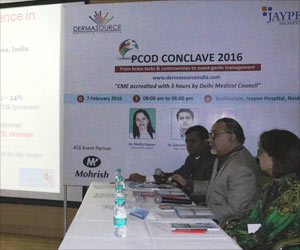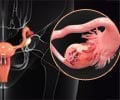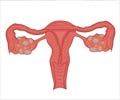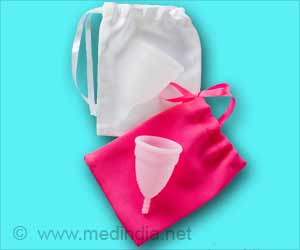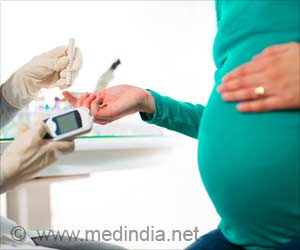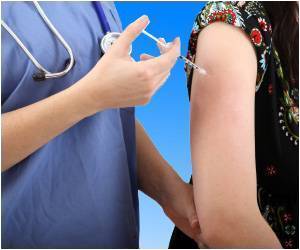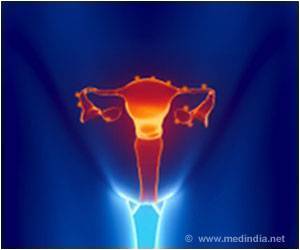Women with polycystic ovary syndrome were found to have significant microbial changes in the gut-related to their metabolic health.
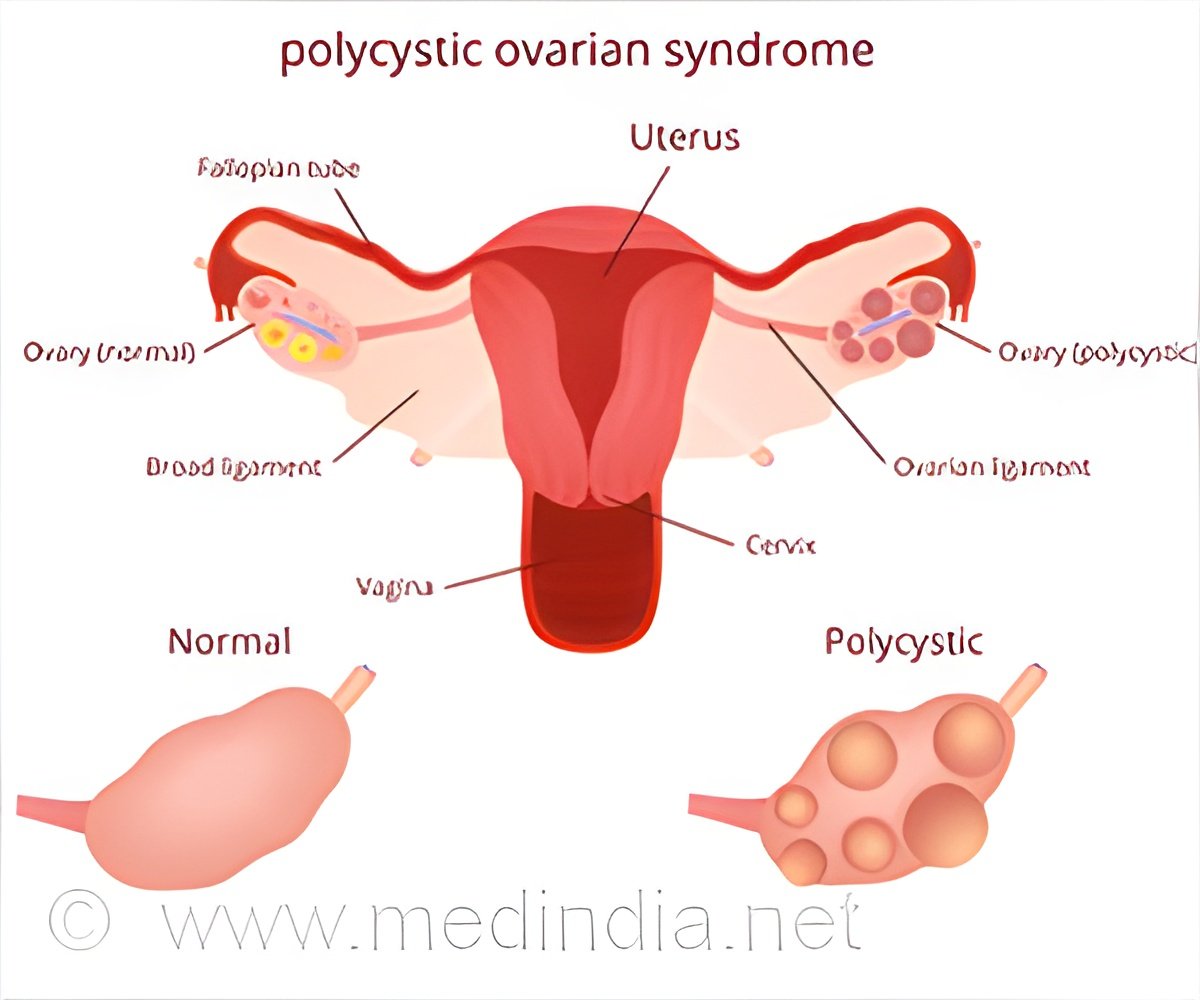
‘New study reveals the gut microbiome in polycystic ovary syndrome and its association with metabolic traits. ’





PCOS is linked to various metabolic derangements, including obesity, insulin resistance, and type 2 diabetes. The multifactorial causes of polycystic ovary syndrome include genetics, lifestyle, and possibly the gut microbiome. The study aimed to assess whether the gut microbiome is linked to polycystic ovary syndrome in late fertile age women.
"Our study population consisted of a subset of females from the longitudinal Northern Finland Birth Cohort 1966, which includes all expected births in 1966 in the two northernmost provinces of Finland," said the first author of the paper Kreete Lüll.
Study results showed no significant differences in gut microbiome between women who have polycystic ovary syndrome and healthy women in their late fertile age.
There are differences in microbiome profile in women with polycystic ovary syndrome in a pre-diabetic state compared to those with standard glucose tolerance.
Advertisement
Polycystic Ovary Syndrome (PCOS) Statistics
Advertisement
- It is one of the most common causes of female infertility.
- Women with PCOS are often insulin resistant.
- Most women find out they have PCOS in their 20s and 30s.
Source-Medindia



